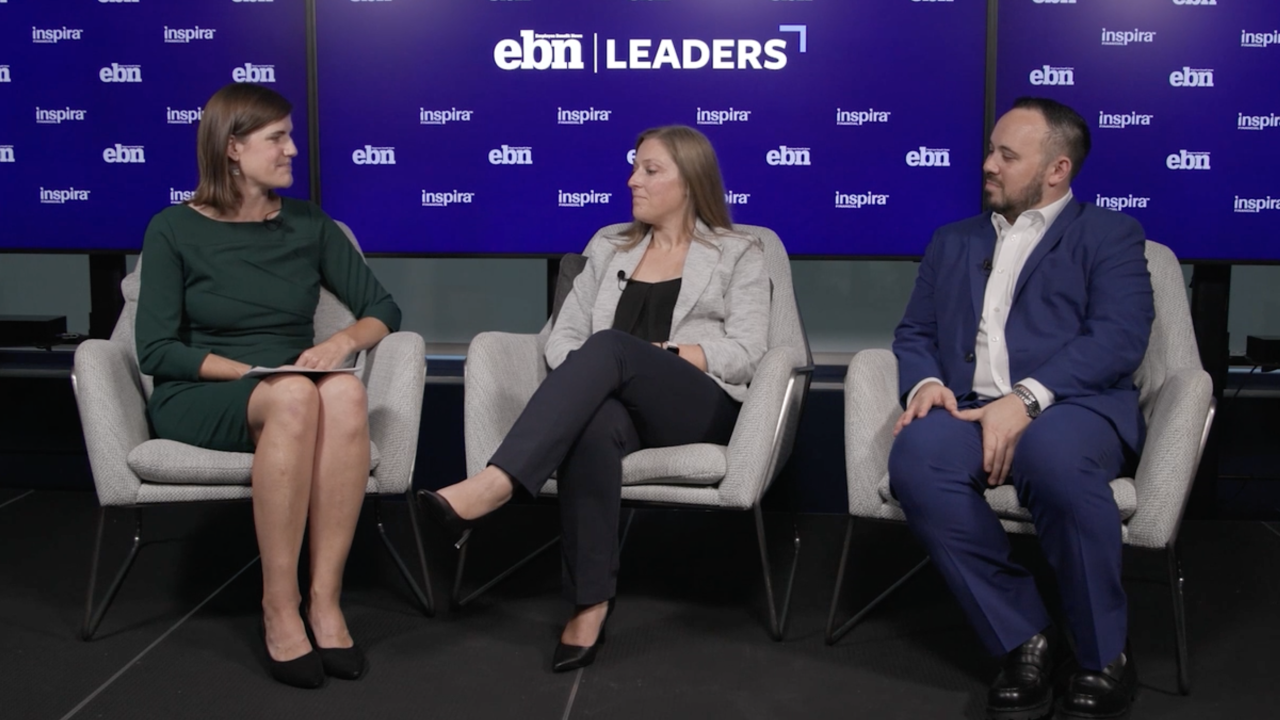Many employers are still faced with substantial organizational challenges that have arisen as a result of COVID-19 and may last long after the pandemic ends. As leadership navigates the world of remote work and outsourcing, restructurings and cost savings, they are challenged to attract and retain some employees while providing a cost efficient and fair separation benefit to those who no longer fit.
As a result, many employers are turning to Supplemental Unemployment Benefits plans and ditching their traditional severance packages. A SUB plan is an IRS-approved structure which allows payments made to separated employees impacted by a reduction in force to be done in conjunction with State Unemployment and issued as benefits, not wages, therefore making the payments FICA non-taxable. This structure maintains the pre-termination income for the separated employees at a greatly reduced cost to the employer.
A SUB plan offers the stability of a regular weekly income to employees as well as financial relief to employers faced with the need to reduce cost in a changing world. We see the adoption of SUB plans as a meaningful outcome of the pandemic economy.
All 50 states allow released employees to concurrently collect state unemployment benefits and company-issued SUB payments. Under this arrangement, the employee receives their state unemployment, and the former employer pays the difference between the state unemployment and the pre-termination weekly wage. In effect, the released employee’s income is maintained during their benefit period while the employer saves 30% to 50%.
Read More:
Consider an employee who made $1,000 per week, but was laid off because of the pandemic and is now eligible for 12 weeks of separation benefit. With a SUB plan, the employee receives unemployment of $450 per week and the company pays $550 per week, ensuring the employee receives the equivalent of their pre-termination wage of $1000. That nets the company savings of $5,400 per employee over a 12 week benefit period.
In all, there are three ways that SUB plans offer dollars and cents benefits over traditional severance. We’ve reviewed the integration of state unemployment and the employment tax exemption resulting from the reclassification of payments from wages to benefits. In addition, there are savings achieved through duration management, which is when separated employees return to work prior to the expiration of their benefit period. Because the receipt of SUB-Pay is directly tied to unemployment, once an individual finds new work and is no longer eligible for state unemployment, SUB benefits cease.
Read More:
In the most efficient version of a SUB Plan, benefits cease upon reemployment. However, an employer may offer a FICA-taxable lump sum reemployment bonus to incent individuals to return to work. Duration savings are a substantial contributor to savings through a SUB plan.
After learning about SUB plans for the first time, many people wonder why they are not more prevalent. One reason is that a SUB plan has a higher administrative burden than lump sum severance. A company must adhere to IRS guidelines and specific state regulations for SUB plans – something that can be cumbersome.
Read More:
Additionally, to receive SUB pay each employee paid under the plan must be eligible for and receive state unemployment, so regular communication with released employees is necessary. Most employers prefer not to do this work; ensuring compliance and managing communication with terminated employees is the ideal use of a third-party administrator.
Still, the benefits far outweigh the administrative burden. Take the case of a large services company forced to shut down a substantial portion of their operations in the spring of 2020. They made the decision to implement a SUB plan and partnered with a third-party SUB plan administrator to help with the plan design, launch and ongoing administration. From July through December of 2020, 5,099 employees were paid through the plan and saved the employer $17.7 million or 48% compared with traditional severance.
Read More:
SUB plans have significant design flexibility, allowing an employer the option to offer a more generous benefit to the employees being separated or to optimize the cost savings potential to the organization.
The SUB plan structure was conceived in the union environment as a strategy for employers to efficiently supplement the typically inadequate state unemployment payments during a temporary layoff. Over half a century later, the utility of SUB Plans has expanded significantly, including all types and levels of employees in every industry, for furloughs and permanent separations. The substantial bottom line impact of a SUB plan facilitates a faster financial recovery for organizations working to regain their footing and find their way forward into better times.






